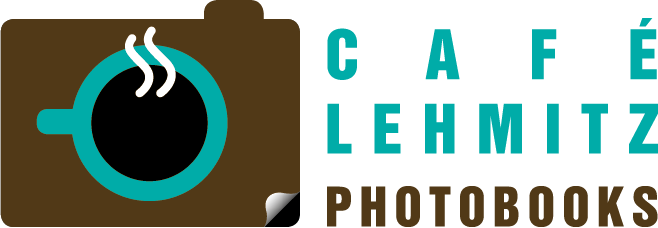About the American Photographer, Edward WESTON (1886-1958)
Edward Henry WESTON was one of the most important American photographers of the 20th century and co-founder of the f/64 group. Even during his lifetime he was considered a master and classic of artistic black-and-white photography. He created most of his work with an 8 × 10 inch plate camera. Since he was successful with his photographs, pictures by the young photographer were exhibited at the Art Institute of Chicago as early as 1903. Three years later he moved to California, where he became a freelance portrait photographer. The year 1922 was a phase of upheaval for him: he turned away from the usual pictorialism and became an advocate of realism and 'straight photography'. The change in style was reflected in a turning away from 'conventional' art photography, paired with a turning to the contrary current, the 'New Objectivity'. From 1927 Edward WESTON devoted himself increasingly to nude photography. He also captured landscapes, nature and plant details with great depth of field, extraordinary richness of detail and fine gradations of light and dark. Edward WESTON contracted Parkinson's disease in 1948 and was soon unable to take photographs. He took his last pictures on the wild coast of Point Lobos.
Photo books by and about the work of Edward WESTON (a selection)
'The Flame of Recognition' (1971, 1982, 1993); 'The Daybooks of Edward Weston' (1973, 1990, 1996); 'Nudes' (1977, 2005); 'California and the West' (1978); 'California Landscapes' (1984); 'Edward, Cole and Kim Weston' (1989, 1999); 'Group f.64: Edward Weston, Ansel Adams, Imogen Cunningham, and the Community of Artists Who Revolutionized American Photography (1992, 2014); 'Aperture Masters of Photography' (1997); 'Defining Modernism. Group f.64' (2002); 'The Mexico Years' (2004, along with works by Tina MODOTTI); 'Book of Nudes' (2007, 2008); 'Antologia fotografica' (2010); 'Hey, She. It' (2013, along with work by Harry CALLAHAN); 'Portrait of the Young Man as an Artist'; (2017); 'The Early Years' (2018); 'Edward Weston' (2020)
more books by Edward WESTON
'Fifty Years' (1973); 'His Life and Photographs' (1979); 'Edward Weston' (1981); 'Supreme Instants' (1986); 'Color Photography' (1986); 'Through Their Own Eyes: The Personal Portfolios of Edward Weston and Ansel Adams' (1991); 'Forms of Passion' (1995); 'Portraits' (1996); 'Life Work' (2005); 'The Form of Nude' (2005); '125 Photographs' (2008); 'Artful Lives (2011)
more informations on the work of Edward WESTON
The years in Mexico (1923-28)
From 1923-1928 he stayed in Mexico City, where he met Manuel ÁLVAREZ-BRAVO. Sympathetic to the Mexican Revolution, he toured the country with Tina MODOTTI, who was both his partner, model and lover.
1929/30
"The peppers that Weston photographed in 1929 and 1930
are sensual in a way his female nudes hardly are. Both the nudes and the
peppers were photographed for the sake of the play of forms [...] the
The seemingly neutral form suddenly has an erotic effect; the emphasis
on tactility is intensified." (© Susan Sontag)
Group f/64
After a few exhibitions of his work in New York, Edward WESTON initiated the formation of the group 'f/64' in 1932 together with fellow photographers Ansel ADAMS, Willard VAN DYKE, Imogen CUNNINGHAM and others. The term f/64, which gave the group its name, refers to the practically smallest possible aperture opening of a large format camera, which guarantees the greatest possible depth of field and gives a photo continuous sharpness from foreground to background. Using aperture 64 is therefore the consequence of the guidelines of 'straight photography' and the logical answer to the then prevailing pictorialists, who were oriented towards painting and for whom sharpness was frowned upon. According to their group's manifesto '... the members of the f/64 group believe that photography as an art form must evolve in a direction determined only by the realities and limitations of the photographic medium, and that photography is always independent must remain from ideological conventions of an art and an aesthetics; because these are remnants of an era and culture that existed before photography came into being.'

 Deutsch
Deutsch
 English
English